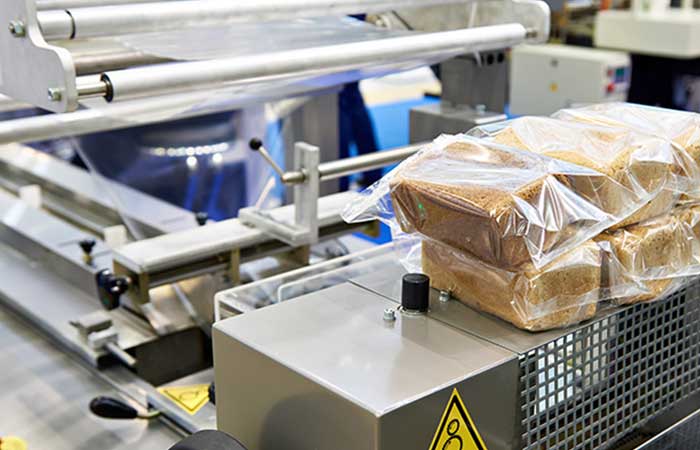Revolutionizing Secondary Packaging: A Comprehensive Guide
The Evolution of Secondary Packaging Machinery in the Digital Age
In the fast-paced world of manufacturing, efficiency is key. Secondary packaging machinery plays a crucial role in streamlining the packaging process, ensuring the safe transit of products from assembly line to store shelves. As we step into the digital age, these machines are undergoing a transformation like never before.
From traditional conveyor belts to advanced robotic systems, the landscape of secondary packaging has seen remarkable advancements in recent years. The integration of IoT technology and automation has led to greater precision, speed, and customization in packaging processes.
Robotic arms equipped with vision systems can now quickly identify products, pick them up with precision, and pack them into boxes or containers with minimal human intervention. This level of automation not only speeds up the packaging process but also reduces errors and improves overall efficiency.
Moreover, the advent of machine learning algorithms has made predictive maintenance a reality for secondary packaging machinery. By analyzing data from sensors and monitoring equipment performance, manufacturers can preemptively address issues before they escalate into costly breakdowns.
The Future of Secondary Packaging Machinery
Looking ahead, the future of secondary packaging machinery seems to be heading towards even greater integration with Industry 4.0 technologies. Smart factories that leverage artificial intelligence, big data, and the Internet of Things are reshaping the manufacturing landscape.
Imagine a scenario where packaging machines communicate with each other in real-time, optimizing production schedules, anticipating maintenance needs, and adjusting settings on the fly based on demand fluctuations. This level of interconnectedness and intelligence will revolutionize the way secondary packaging is handled.
Furthermore, the focus on sustainability and eco-friendly practices is driving innovations in secondary packaging machinery. From biodegradable materials to energy-efficient processes, manufacturers are embracing a more environmentally conscious approach to packaging.
Challenges and Opportunities
Despite the rapid advancements in secondary packaging machinery, there are challenges that manufacturers need to address. Scalability, cost of implementation, workforce adaptation, and cybersecurity concerns are just a few hurdles that companies face in adopting new technologies.
However, these challenges also present opportunities for growth and innovation. Companies that invest in cutting-edge secondary packaging solutions stand to gain a competitive edge in the market, enhance their operational efficiency, and meet the evolving demands of consumers.
Conclusion
In conclusion, secondary packaging machinery is at the forefront of the manufacturing revolution. By embracing digital technologies, automation, and sustainability practices, manufacturers can streamline their packaging processes, reduce waste, and deliver products to consumers more efficiently than ever before.
-
01
Automatic Tray Loading and Packaging Equipment: Boost Efficiency to 160 Bags/Minute
21-11-2025 -
02
Automatic Soap Packaging Machine: Boost Productivity with 99% Qualification Rate
21-11-2025 -
03
A Deep Dive into Automatic Toast Processing and Packaging System
18-11-2025 -
04
The Future of Bakery Production: Automated Toast Processing and Packaging System
18-11-2025 -
05
Reliable Food Packaging Solutions with China Bread, Candy, and Biscuit Machines
11-10-2025 -
06
High-Performance Automated Food Packaging Equipment for Modern Production
11-10-2025 -
07
Reliable Pillow Packing Machines for Efficient Packaging Operations
11-10-2025 -
08
Advanced Fully Automatic Packaging Solutions for Efficient Production
11-10-2025 -
09
Efficient Automatic Food Packaging Solutions for Modern Production
11-10-2025 -
10
Advanced Automatic Packaging Equipment for Efficient Production
11-10-2025
















